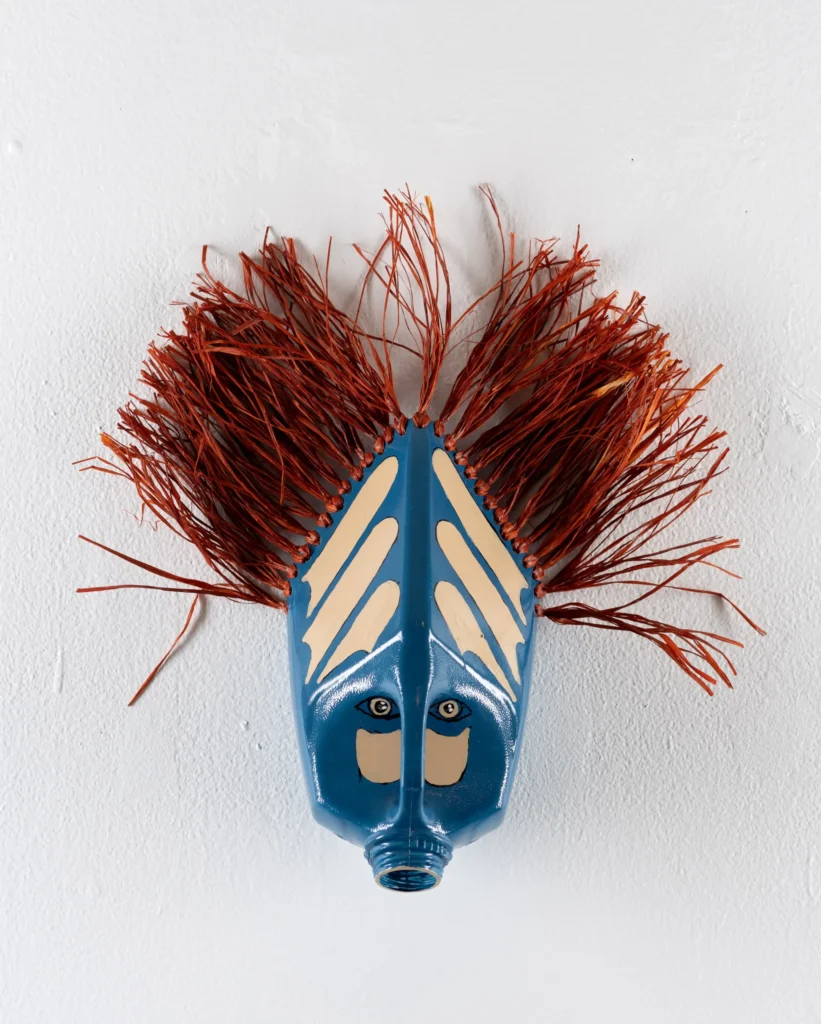ReSOURCE
Artists

Douglas R. Williams
Known for his tenacious championing of Black art and community in Chicago, Douglas R. Williams (1938-2019) was born in Houston, Texas and moved to Chicago in his teens with his older sister. He attended Hyde Park High School and took Saturday sculpting classes at the School of the Art Institute of Chicago, where he received the Raymond Fund Golden Key Award for sculpture. After returning from a deployment in the US Army, Williams returned to Chicago to complete his degree requirements at SAIC and devote his creative practice to community-centered work rooted in civil rights and the Black Arts Movement. His contributions to the Black creative scene in Chicago are numerous. He served as the director of the South Side Community Art Center, co-founded the Black Creativity (formerly called Black Esthetics) exhibition at the Museum of Science and Industry, co-owned a social performing arts club called Brief Reflections, and organized countless exhibitions. He also served as an Art Specialist for Model Cities/Chicago Committee on Urban Opportunity; taught the Art Workshop at the Dr. Martin L. King, Jr. Urban Progress Center and at the Englewood Urban Progress Center; and directed On the Beach, a summer arts program at the 63rd Street Beach. Williams frequently reinvented found materials in his sculptures. In his later years, he created a series of traditional African masks constructed from plastic milk and detergent bottles.




